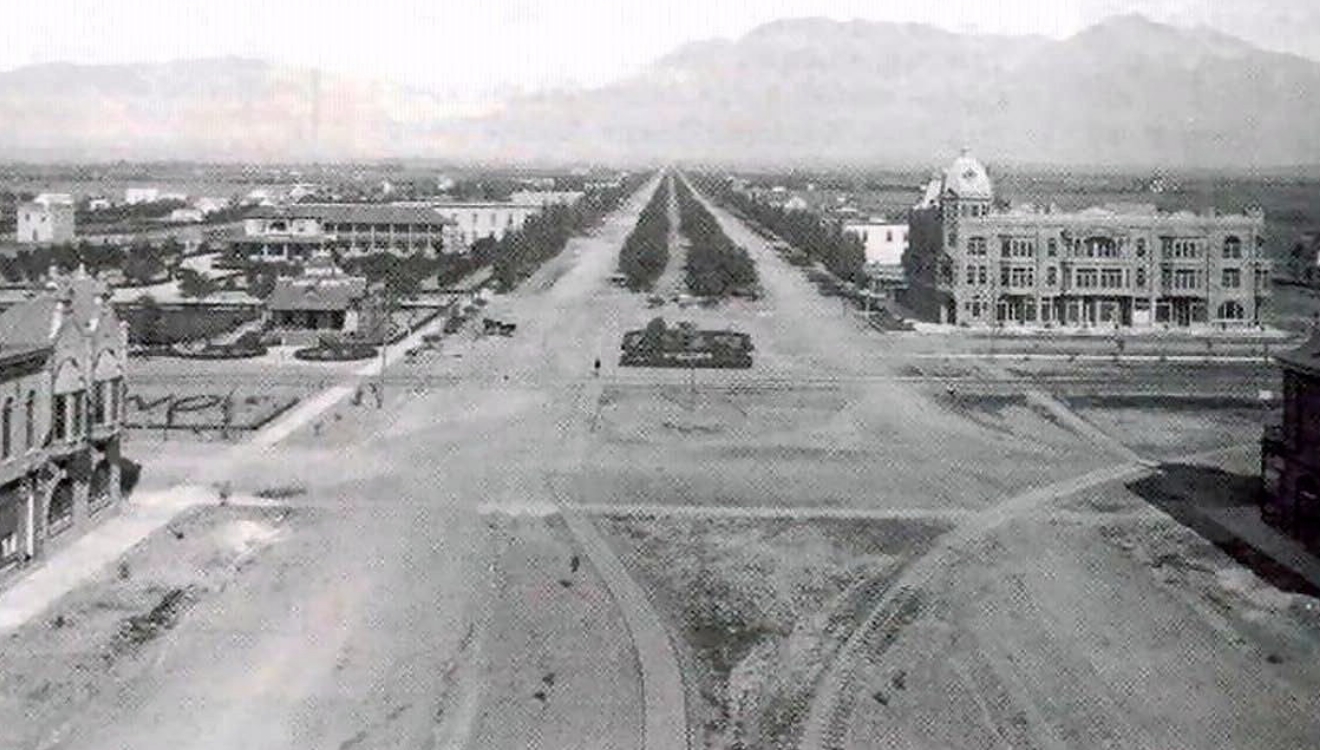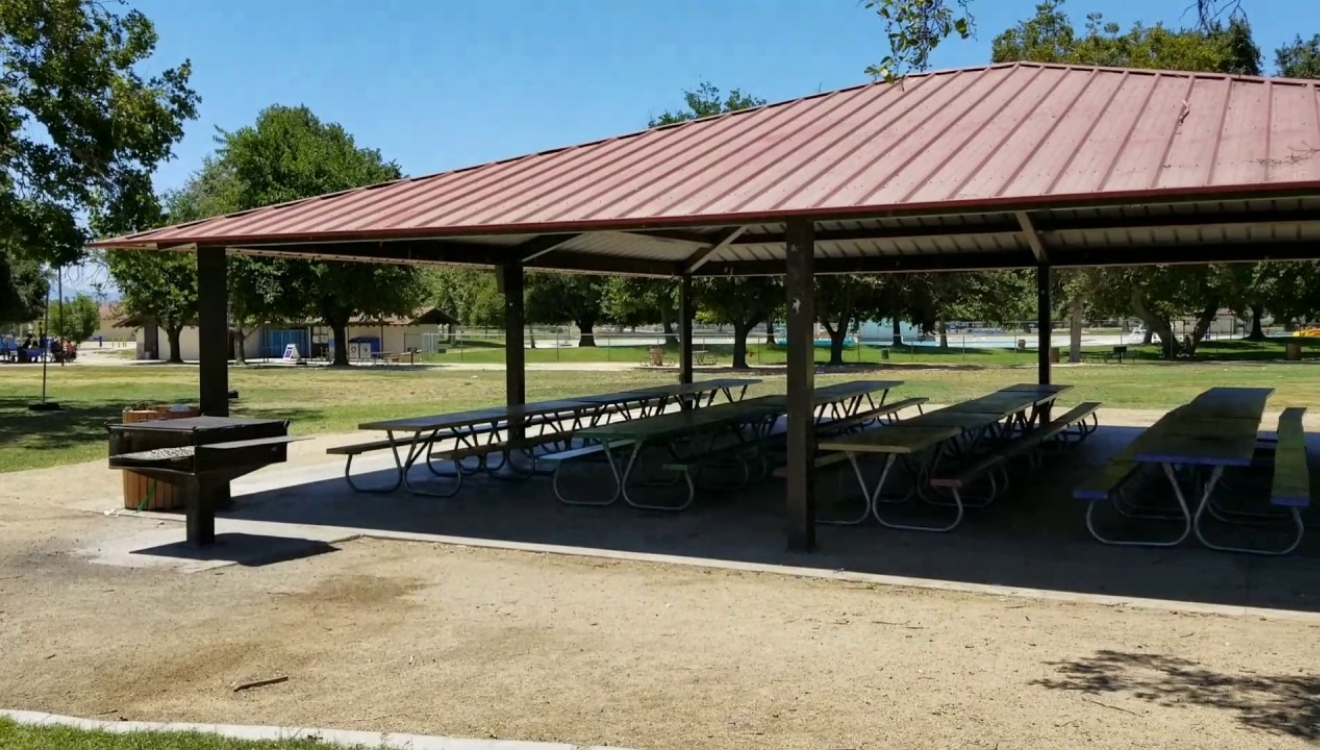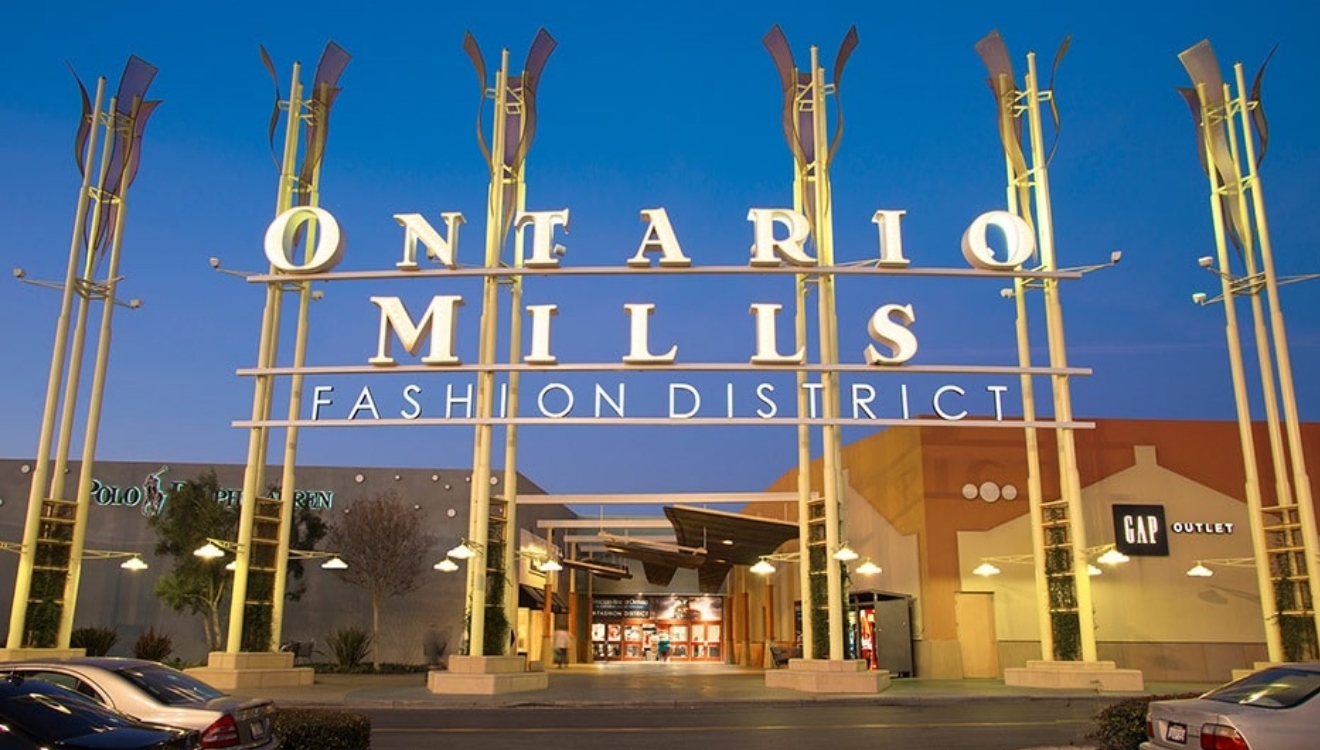The History of Ontario, California: From Vineyards to Shopping Hub!

Introduction: From Dusty Trails to Destination City
Ontario, California is a city that blends the charm of its agricultural past with the vibrancy of modern commerce. Located in San Bernardino County, part of the Inland Empire, Ontario has evolved from a rural colony into a bustling suburban community known for its accessibility, industrial growth, and retail attractions. One of its most iconic commercial landmarks today is the Ontario Mills Mall, and adjacent to it, the Best Western Ontario Mills Mall hotel—both symbols of the city’s transformation. But how did Ontario make this dramatic shift? To understand its present, we must trace its roots back to the 19th century.
The Chaffey Brothers and the Vision for Ontario
Ontario as we know it began to take shape in 1882 when Canadian engineers George, William, and Charles Chaffey purchased land from the Cucamonga Rancho to establish a settlement that they envisioned as a “Model Colony.” This concept was rooted in their belief that with proper planning and innovative water management, a successful agricultural and residential community could thrive in what was then considered semi-arid Southern California.
The Chaffey brothers brought a unique blend of entrepreneurial ambition and engineering expertise to their endeavor. They designed and implemented one of the earliest gravity-fed irrigation systems in the region, diverting water from the nearby San Antonio Canyon through a series of pipes and tunnels to irrigate the land efficiently. This system transformed the arid landscape into fertile farmland, capable of supporting a variety of crops including citrus fruits, olives, grapes, and other produce.
Building the Model Colony: Community Planning and Growth
In addition to building the irrigation infrastructure, the Chaffeys meticulously laid out the colony with wide streets, large residential lots, and land designated for schools, churches, and community spaces. Their emphasis on creating a balanced, self-sustaining community attracted settlers from across North America. The city was one of the first in the area to use electric lighting, and the Chaffeys even published a local newspaper to foster community engagement and promote their vision.
Their approach set a precedent for suburban development in the Inland Empire. The Model Colony quickly gained attention for its productivity and livability, helping to shape the reputation of Ontario as a desirable place to live and work. Even today, the influence of the Chaffey brothers can be seen in the city’s organized street layouts, educational institutions such as Chaffey High School (founded in 1911), and a strong sense of civic planning that continues to guide Ontario’s growth.
Citrus and Vineyards: Ontario’s Agricultural Era
Ontario’s climate and fertile soil proved ideal for agriculture. By the early 1900s, it became a leading producer of citrus fruits, particularly oranges and lemons. Vineyards also dotted the landscape, and wine production flourished. The agricultural sector became a cornerstone of the city’s economy, supporting packing houses, farms, and related businesses. These agricultural roots not only sustained the local economy but also defined Ontario’s identity for decades.
The Role of Railroads in Economic Growth
Ontario’s growth accelerated due to its strategic location along major transportation routes. The arrival of the Southern Pacific Railroad in the 1880s and later the Pacific Electric Railway allowed farmers to ship produce across the country and brought more settlers into the area. Ontario quickly became an important logistics and distribution hub, a role it continues to play today with Ontario International Airport and its proximity to major highways like I-10 and I-15.
World War II and Industrial Expansion
The outbreak of World War II brought further change to Ontario. The need for military supplies and manufacturing turned Ontario into an industrial center. The Ontario Army Air Field (now Ontario International Airport) was established during this time, and the presence of military infrastructure spurred further urban development. Post-war, returning veterans and new job opportunities led to a population boom.
Post-War Suburbanization and Housing Growth
In the 1950s and 60s, Ontario experienced rapid suburbanization. Farmlands began to make way for homes, schools, and shopping centers as more families moved in seeking affordable housing. The expanding freeway system made commuting easier, drawing people from nearby Los Angeles and Orange County. Ontario transitioned from a rural town to a suburban city with growing residential and commercial zones.
Modern Ontario: Business, Industry, and Retail
Today, Ontario is a major logistics and business center. It is home to one of the busiest cargo airports in the U.S., Ontario International Airport, and several industrial parks. The city’s economic landscape includes warehousing, manufacturing, and technology-based businesses. Its well-planned infrastructure and transportation access make it a strategic location for business operations and headquarters.
Ontario Mills Mall: A Regional Shopping Destination
A defining feature of Ontario’s modern development is the Ontario Mills Mall. Opened in 1996, this massive outlet and retail complex draws millions of visitors each year. With more than 200 stores, including major brand outlets, a food court, entertainment venues, and movie theaters, Ontario Mills has become a premier shopping destination in Southern California.
Its success reflects Ontario’s transition from agricultural productivity to commercial prosperity. The mall also contributes significantly to local employment and tourism, reinforcing Ontario’s role as a regional economic center.
Best Western Ontario Mills Mall: Comfort and Convenience
Located conveniently near the Ontario Mills Mall, the Best Western Ontario Mills Mall hotel provides travelers with easy access to shopping, dining, and entertainment. Whether visiting for business or leisure, guests benefit from the hotel’s proximity to major highways, Ontario International Airport, and regional attractions.
The hotel embodies the city’s ongoing mission to provide infrastructure and hospitality services that cater to both residents and visitors. It serves as a base for shoppers, tourists, and business travelers who want to experience the city’s dynamic offerings.
Ontario International Airport: A Catalyst for Growth
Another driving force behind Ontario’s recent growth is the Ontario International Airport (ONT). After being transferred from LAX ownership to local control in 2016, the airport has experienced expansion in flights, cargo services, and passenger numbers. It supports both domestic and international travel and strengthens Ontario’s appeal to businesses and tourists alike.
Preserving History Amidst Progress
Despite its transformation, Ontario has not forgotten its past. The city is home to the Ontario Museum of History & Art, which documents its agricultural and cultural legacy. Historic homes, such as the Graber Olive House and the Frankish Building, remain preserved as part of the city’s heritage. Community events and historical exhibits ensure that the early pioneers, like the Chaffey brothers, are remembered.
Conclusion: Ontario’s Evolving Identity
Ontario, California, is a story of transformation—a city that grew from a visionary agricultural colony into a thriving urban center with a powerful economic engine. With its rich history, strong transportation links, and dynamic retail and hospitality sectors—including attractions like Ontario Mills Mall and accommodations like Best Western Ontario Mills Mall—the city continues to evolve while honoring its origins.
The balance between preserving historical roots and embracing economic growth defines Ontario’s unique character. As it moves forward, Ontario remains a city of opportunity, resilience, and regional significance within Southern California.
Ready to experience the rich history and modern charm of Ontario, California? Make your trip unforgettable by staying at Best Western Ontario Mills Mall. Located just minutes from Ontario’s top shopping, dining, and historic spots, it’s the perfect home base for your weekend adventure. Book your stay today and explore the best of the Inland Empire with comfort and convenience at your doorstep!
Experience Comfort and Convenience at Best Western Ontario Mills Mall!
Looking for a relaxing stay near top shopping and entertainment destinations? Best Western Ontario Mills Mall offers modern rooms, complimentary breakfast, free Wi-Fi, and a refreshing outdoor pool—everything you need for a comfortable visit. Plus, with easy access to Ontario Mills Mall, Ontario International Airport, and major attractions, your stay will be both convenient and enjoyable. Plan your visit now and experience the best in comfort and hospitality!


